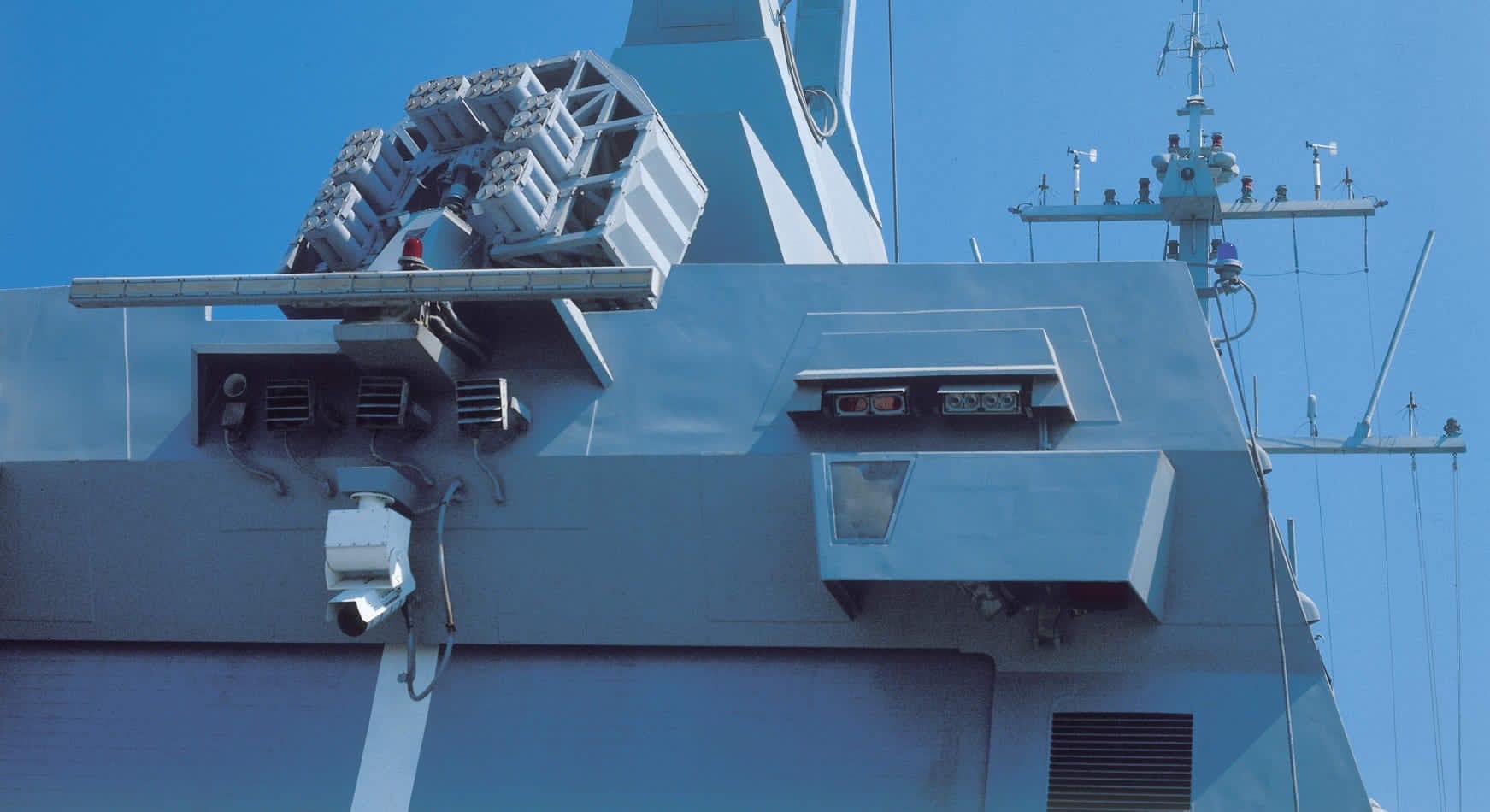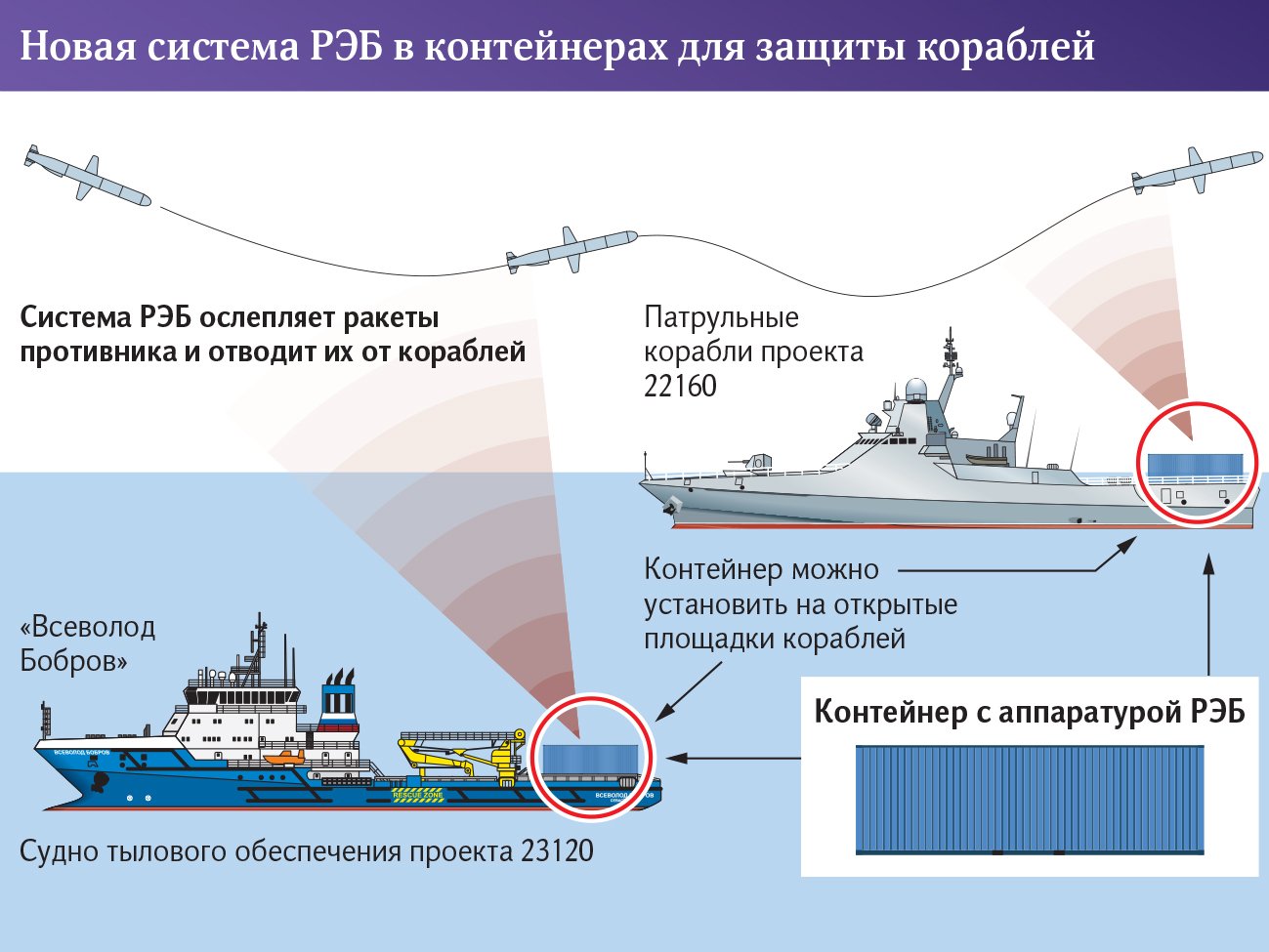The latest maritime electronic warfare (EW) countermeasures system developed by Israel-based Elbit Systems has undergone successful sea trials in collaboration with the Israeli Navy.
On August 1, Elbit Systems announced that the Deseaver MK-4 Countermeasure Dispensing System (CMDS) underwent a series of sea trials onboard Israeli Navy vessels.
During these trials, the system demonstrated its capability to effectively respond to complex missile attack scenarios by launching decoy rounds from several CMDSs to counter multiple concurrent threats.
The Deseaver MK-4 represents the latest advancement in the Deseaver series of decoy control and launching systems. It is designed for surface vessels and offers comprehensive soft-kill protection against multiple concurrent missile threats coming from different directions.
The system consists of several trainable and stabilized launchers that accurately deploy a variety of passive and active decoys, specifically chosen based on anti-missile algorithms.

Its sophisticated capabilities enable it to assess and classify each incoming threat, allowing it to respond with appropriate countermeasures.
These countermeasures involve using radio frequency (RF) and infrared to distract missiles and employing chaff to confuse them and RF to deceive locked missiles, thus luring them away from the target.
Furthermore, the system provides flexibility by offering three different launcher variants: fixed, rotating, and stabilized. This ensures compatibility with various vessel configurations and operational requirements.
Oren Sabag, General Manager of Elbit Systems ISTAR & EW, said, “We are proud of our ongoing cooperation with and support of the Israeli Navy.”
All hands on deck⚓️
The Israeli Navy and Elbit Systems have completed a successful sea trials for the DESEAVER MK-4 Counter Measure Dispensing System (CMDS) onboard their vessels.
Learn more 🔗https://t.co/vhpSR9zZ4L pic.twitter.com/WIBGw41BM4— Elbit Systems (@ElbitSystemsLtd) August 1, 2023
The successful completion of these trials provides further proof of the reliability of our technology and the advanced protection capabilities they provide against new and evolving threats,” Sabag added.
Previous versions of the Deseaver system have been installed on a range of vessels, including Israeli Navy Hetz-class (Sa’ar 4.5) fast attack/patrol craft, interceptors, and Sa’ar 5 (Eilat) class corvettes, in addition to Indian Navy Kolkata and Visakhapatnam-class destroyers.
The latest fourth-generation system can deploy a significantly larger quantity of highly advanced decoys compared to its predecessors.
Electronic Warfare (EW) In Ukraine Conflict
Following its successful sea trials, the Deseaver MK-4 system has not only enhanced the Israeli Navy’s defense capabilities but has also opened up possibilities for adoption by other international naval forces seeking advanced maritime Electronic Warfare solutions.
Elbit Systems reported a significant increase of 17% in revenue in their ISTAR (Intelligence, Surveillance, Target Acquisition, and Reconnaissance) and EW (Electronic Warfare) business segments during the first quarter of 2023.
The revenue rose to $294.7 million (NIS 1 billion) from $251.5 million in the first quarter of 2022. This notable growth indicates a rising demand for advanced EW solutions in the global defense market.
In particular, the Russia-Ukraine war has highlighted the critical importance of Electronic Warfare (EW) equipment in modern conflict scenarios.
The ongoing conflict has demonstrated how sophisticated EW capabilities can significantly impact defensive and offensive military operations.
These systems have the potential to jam or deceive enemy communications, sensor systems, and guided munitions, thus hindering the effectiveness of hostile actions and providing an advantage on the battlefield.
In the early stages of the Ukraine war, the reliance on UAVs allowed Kyiv to enhance the precision of its smaller artillery arsenal, giving them a strategic edge over Russia’s larger stockpile of heavy weaponry and rocket launchers.
The extensive array of Russian Electronic Warfare (EW) systems at the time seemed to encounter challenges. It exhibited a lack of effectiveness, which perplexed military experts who had been monitoring Russian EW capabilities for an extended period.
However, after the conflict shifted towards the eastern and southern regions of Ukraine, closer to Russian territory and the Crimean peninsula, the performance of the Russian EW units notably improved.
Their capabilities demonstrated significant effectiveness, especially when countering Ukrainian unmanned aerial vehicles (UAVs).
Also, Russian electronic suppression effectively disrupted the navigation and communication of the Ukrainian drones, depriving them of the much-needed precision they had come to rely upon.
As a result, the Ukrainian units found themselves unable to achieve the level of accuracy they had initially counted on for targeting enemy positions. By the end of last year, Russia’s Electronic-Warfare troops achieved a significant feat by neutralizing 90 percent of Ukraine’s drones.
According to a study conducted by analysts Mykhaylo Zabrodskyi, Jack Watling, Oleksandr Danylyuk, and Nick Reynolds for the Royal United Services Institute in London, the defeat of precision through electronic warfare became a critical factor for the survival of Russian units in the conflict.
Additionally, Ukrainian drones have also been actively targeting Russian warships. In response to this threat, Russia initiated the development of a new modular electronic warfare (EW) system in September 2022.
The primary objective of this system is to enhance the security of Russian warships and auxiliary vessels against anti-ship missiles and drone attacks.
The EW system will be designed to be flexible and adaptable, utilizing standard 40-foot sea containers for easy installation.
This modular approach will enable them to be swiftly mounted on the decks of various surface ships within the Russian Navy, including auxiliary vessels like tugboats and transports.

Furthermore, last month, the Russian media outlet Izvestia reported that the Russian Navy had taken proactive steps to enhance its vessels’ capabilities.
Several ships within the Russian Navy’s fleet have been equipped with advanced systems, including both kinetic and electronic warfare equipment.
Admiral Valentin Selivanov, the former chief of the Russian Navy’s main headquarters, highlighted the importance of countering the emerging threat posed by reconnaissance and strike drones.
He pointed out that these types of drones could now be utilized by enemy forces worldwide, necessitating a proactive approach in response. To address this challenge, the Russian naval ships should employ a combination of observation methods, including optical, radar, and hydroacoustic means. The collected data should be transmitted to weapons control posts for effective response.
Large-caliber machine guns have proven to be effective in countering such threats, and it is recommended that all sizeable and valuable ships in the Black Sea Fleet be equipped with these systems.
Nonetheless, Russian military experts noted that innovation and adaptability are crucial because the enemy’s tactics continuously evolve.
- Contact the author at ashishmichel(at)gmail.com
- Follow EurAsian Times on Google News




